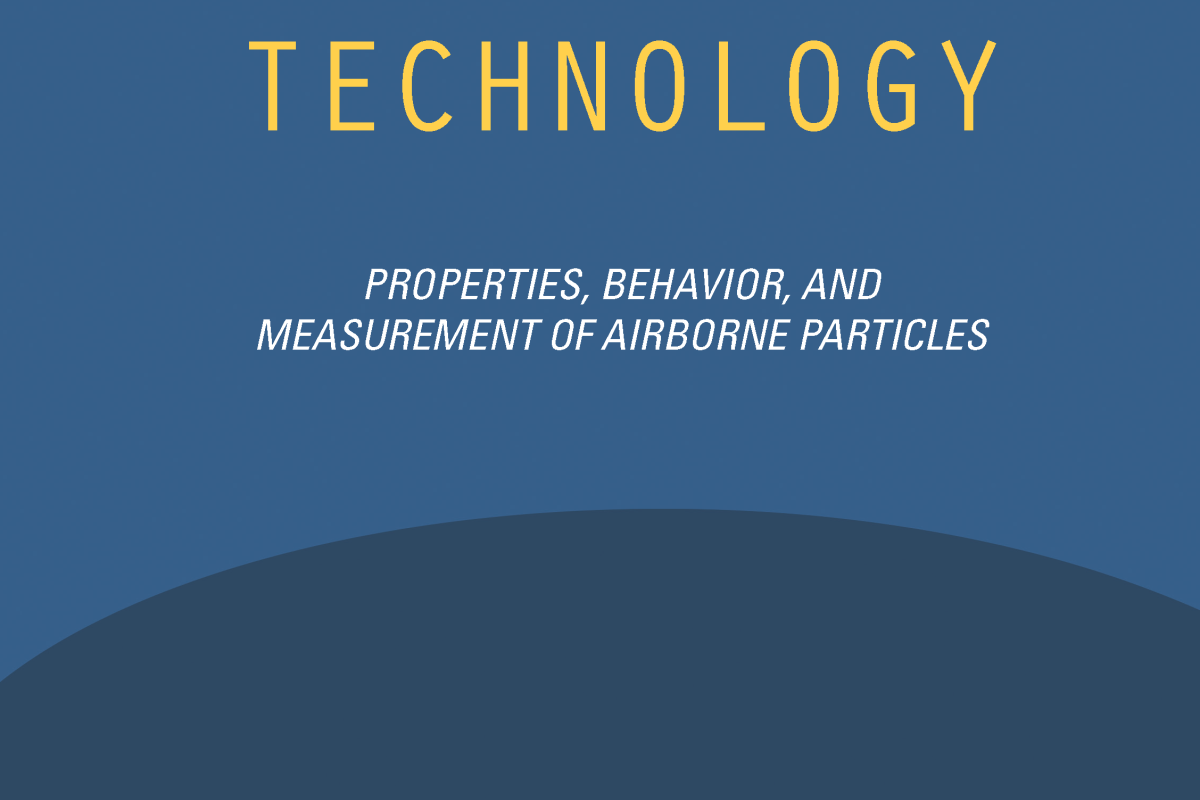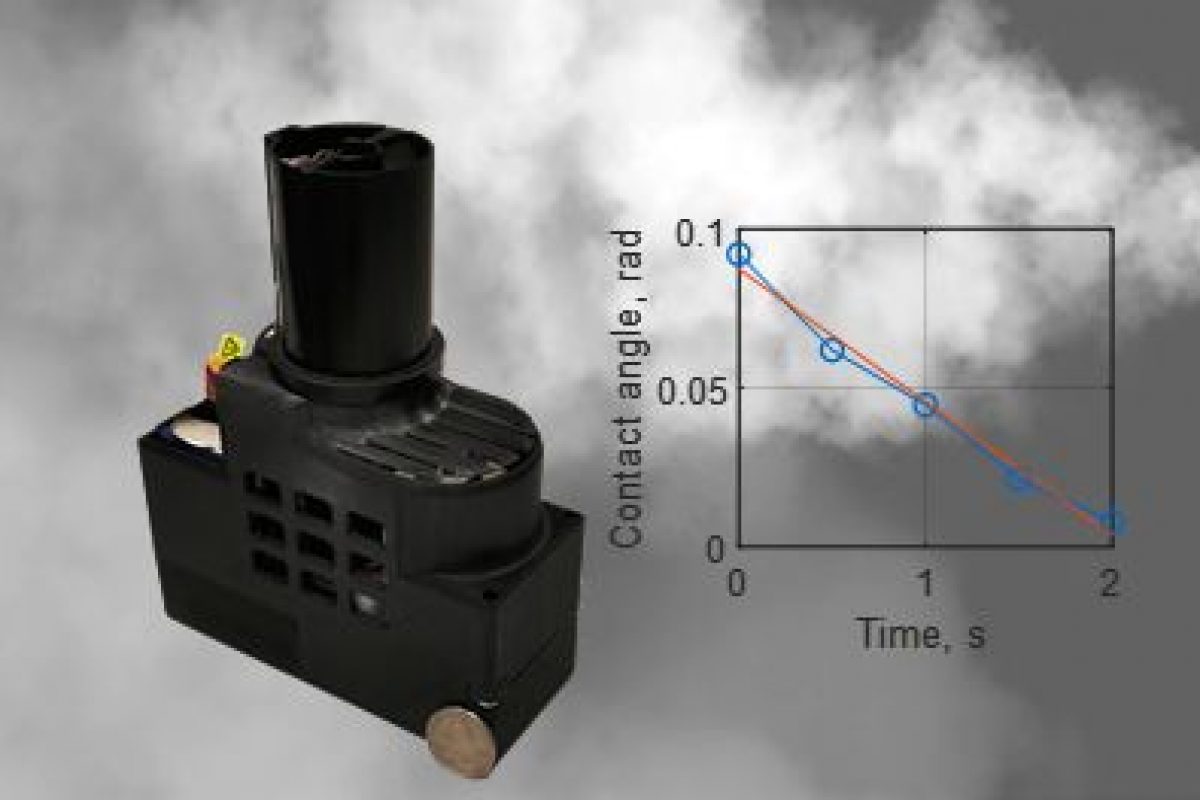Co-authored by COEH faculty member Yifang Zhu. Available for purchase here.
An in-depth and accessible treatment of aerosol theory and its applications
The Third Edition of Aerosol Technology: Properties, Behavior, and Measurement of Airborne Particles delivers a thorough and authoritative exploration of modern aerosol theory and its applications. The book offers readers a working knowledge of the topic that reflects the numerous advances that have been made across a broad spectrum of aerosol-related application areas. New updates to the popular text include treatments of nanoparticles, the health effects of atmospheric aerosols, remote sensing, bioaerosols, and low-cost sensors. Additionally, readers will benefit from insightful new discussions of modern instruments.
The authors maintain a strong focus on the fundamentals of the discipline, while providing a robust overview of real-world applications of aerosol theory. New exercise problems and examples populate the book, which also includes:
- Thorough introductions to aerosol technology, key definitions, particle size, shape, density, and concentration, as well as the properties of gases
- Comprehensive explorations of uniform particle motion, particle size statistics, and straight-line acceleration and curvilinear particle motion
- Practical discussions of particle adhesion, Brownian motion and diffusion, thermal and radiometric forces, and filtration
- In-depth examinations of sampling and measurement of concentration, respiratory deposition, coagulation, condensation, evaporation, and atmospheric aerosols
Perfect for senior undergraduate and junior graduate students of science and technology, this text will also earn a place in the libraries of professionals working in industrial hygiene, air pollution control, climate science, radiation protection, and environmental science.
William C. Hinds, ScD, was Emeritus Professor in the Department of Environmental Health Sciences at the UCLA Fielding School of Public Health. His research studied aerosols and industrial control of airborne contaminants.
Yifang Zhu, PhD, is Professor in the Department of Environmental Health Sciences at the UCLA Fielding School of Public Health. Her research focus is on air pollution, environmental exposure assessment, and aerosol science and technology.


